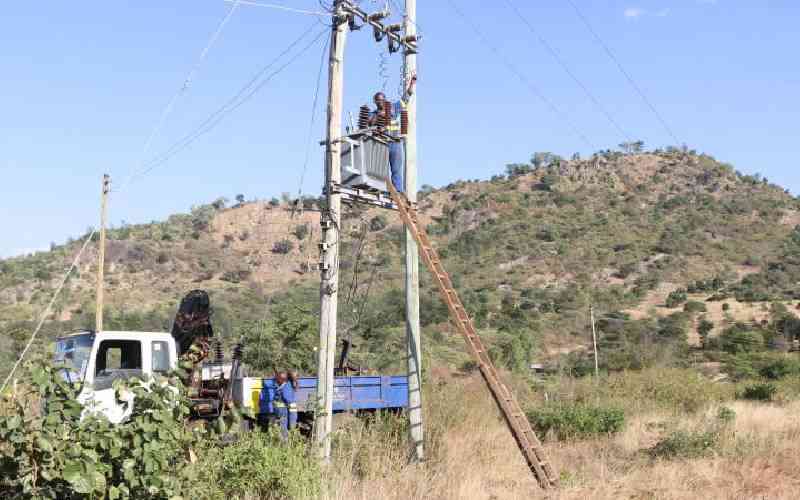×
The Standard e-Paper
Truth Without Fear

Nothing can fire up Kenya's rural economy and arid areas like provision of reliable, affordable energy.
Since it could take decades to connect these areas to the national grid, decentralised renewable technologies such as mini-grids and standalone equipment hold the answer.